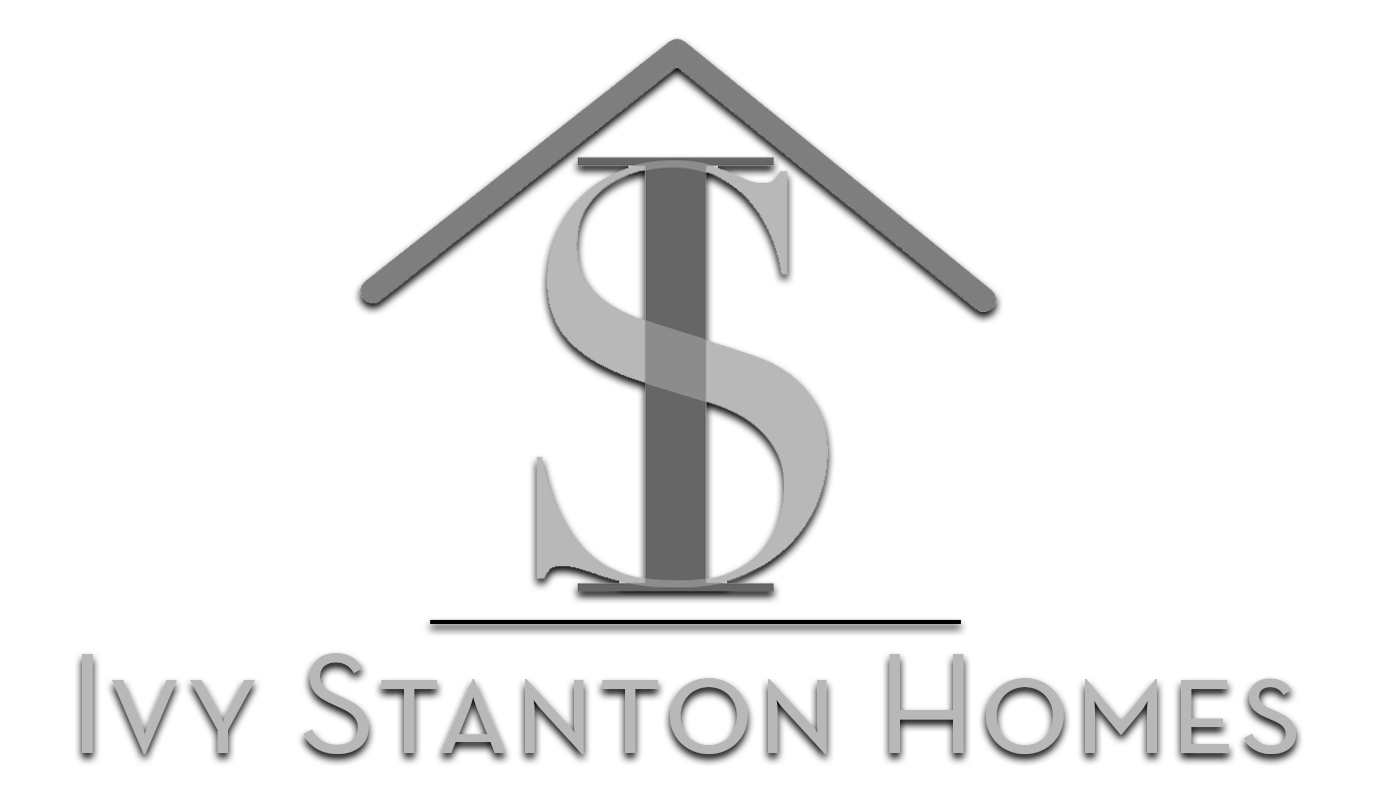Is Today’s Austin, Georgetown Real Estate Market Hot or Cold?
Last month, Zillow released its current Heat Index map of the U.S. housing market. The higher the score, the warmer the color (salmon to brick red) indicates where sellers have the upper hand. Conversely, the lower the score, the cooler the color indicates where buyers have the strongest leverage.
According to Zillow:
A score of 70 or above = strong seller's market
A score from 55 to 69 = seller’s market
A score from 44 to 55 = neutral market
A score from 28 to 44 = buyer’s market
A score of 27 or below = strong buyer’s market
Heat Map Courtesy of ResiClub
Among the 200 largest metro markets, the top ten warmest areas where sellers are in command:
Rochester, NY > 146 rating
San Jose, CA > 120 rating
San Francisco, CA > 91
Hartford, CT >83
Syracuse, NY > 81
Buffalo, NY > 75
Manchester, NH > 75
Boston, MA > 74
New York, NY > 73
If these numbers surprise you, you are not alone. Between headlines broadcasting California’s exodus combined with anecdotal stories of migrant couples fleeing colder climates, the map describes otherwise.
Among the 200 largest metro markets, the following 10 are where buyers have the strongest leverage:
Beaumont, Texas > 9
Gulfport, MS > 12
Macon, GA > 17
Brownsville, TX > 21
Evansville, IN > 23
Kennewick, WA > 23
Longview, WA > 24
Lubbock, TX > 26
Mobile, AL > 28
Cape Coral, FL > 32
And where does the Austin-Georgetown-Round Rock housing market come in? 46. Neutral.
What does “neutral” look like? Some motivated sellers have discounted the price of their homes. Major homebuilders are offering attractive incentives. But there are no “Going Out of Business Fire Sales” in Central Texas real estate.
Meanwhile, many prospective buyers remain sidelined. “We’re waiting for rates to come down,” I often hear. I get it. Today’s elevated mortgage rates seem daunting – especially in contrast to the early 2020s. In response, I frequently ask, “What rate are you waiting for? 6%? 5.75%?”
Buyers and sellers alike want mortgage rates to fall. Thus far, they remain stubbornly high. And while buyers wisely wait, is it possible to wait too long? What do I mean?
While forecasts differ, many current ones, including Fannie Mae’s latest Home Price Expectations Survey (HPES), suggest that home prices will continue climbing for the next five years. Using national percentages, if a buyer purchases a home worth around $400,000, their estimated equity could grow to around $83,000 during that five year span. And while no one can guarantee a $83,000 profit in the next five years, there are two realities I can guarantee. One, the place you live will be your own and you will fashion it to reflect what is personally important. Two, the monthly amount you pay for housing will not pad your landlord’s wallet but instead will reduce your loan amount. And one day, like many I know, you own your home free and clear.


